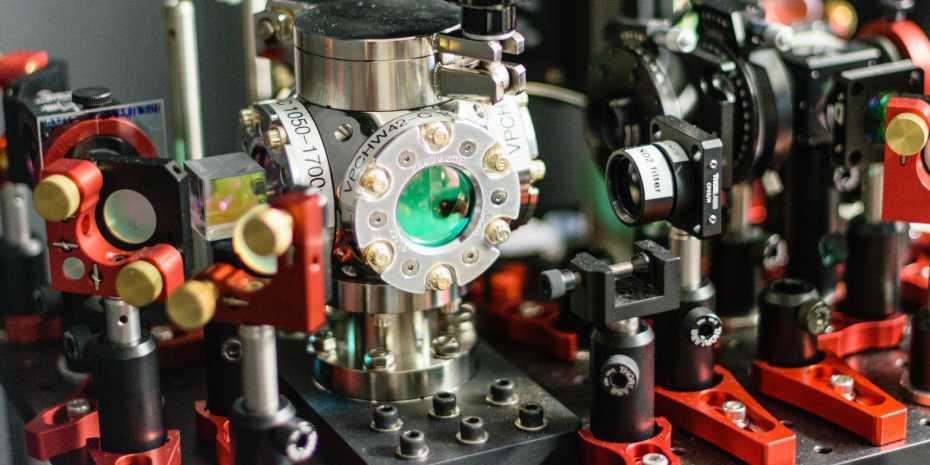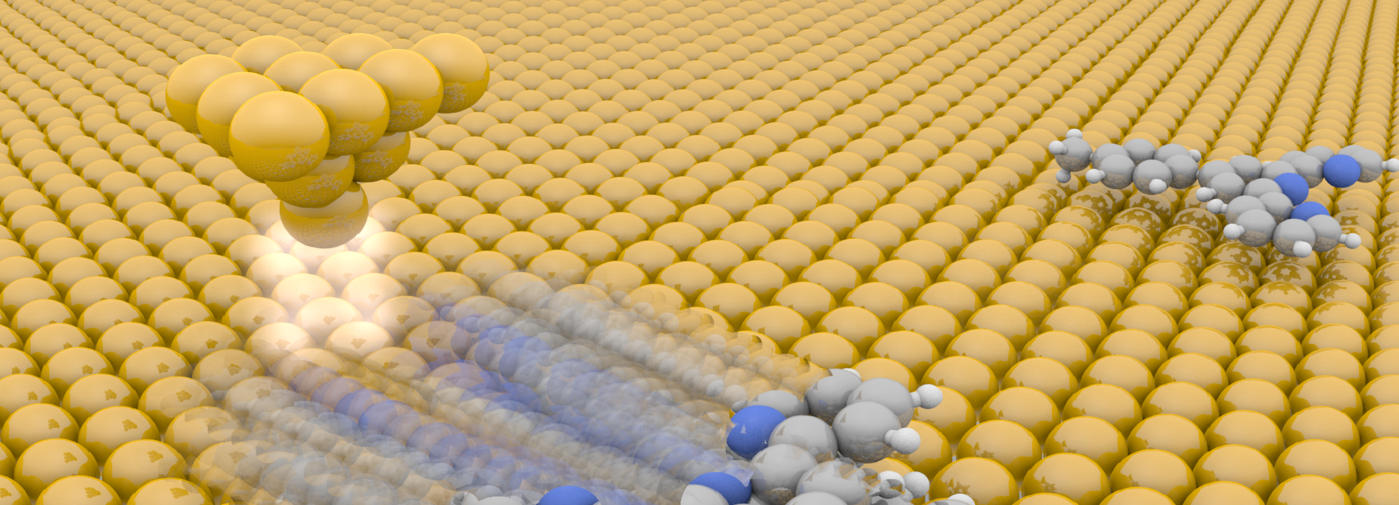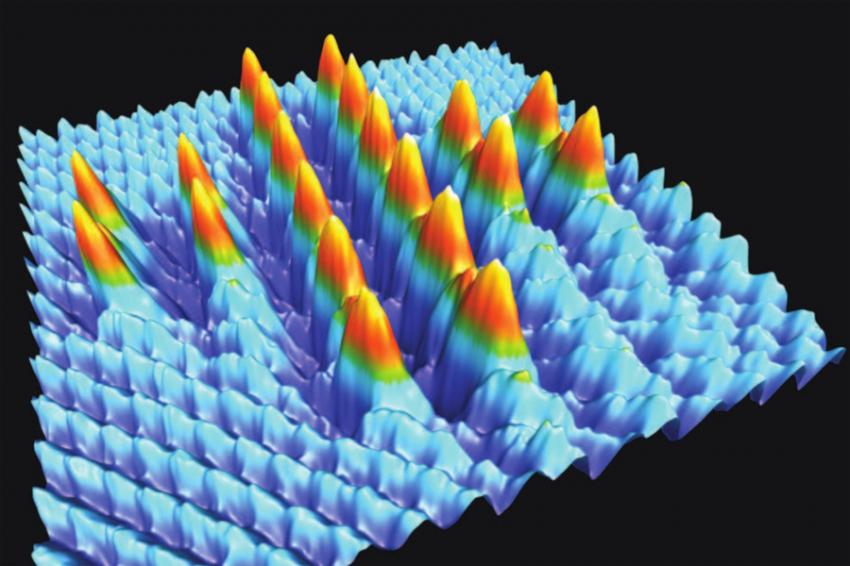Zurich nanoparticle breaks world rotation record

Researchers at the Swiss federal technology institute ETH Zurich have made a nanoparticle turn around its own axis a billion times per second. From such measurements of rotating particles, the scientists hope to obtain new insights into the behaviour of materials under extreme stress.
Lukas Novotny and his ETHZ collaborators at the Institute for Photonics manipulated a minuscule piece of glass only a hundred nanometres in size – a thousand times smaller than a hair – in such a way as to make it turn around its own axis more than a billion times a second. The results of their research were recently published in the scientific journal Physical Review LettersExternal link.

More
Swiss team wins shortest car race in the world
“We trap the glass particle in a vacuum apparatus using so-called optical tweezers,” explained René Reimann, a post-doc in Novotny’s laboratory. Optical tweezers are created by a strongly focused laser beam, where the glass particle is levitated by light forces at the focus of the beam. This allows the scientists to eliminate any direct mechanical contact with the outside world, which would lead to friction losses.
What’s more, the pressure in the apparatus is a hundred million times lower than the normal air pressure at sea level. This means that only very rarely do single air molecules collide with the particle, slowing it down slightly in the process.
One gigahertz
The team calculated that its rotation frequency was higher than a gigahertz (a billion rotations per second). “It probably turned even faster, but with our current photodetector we can’t measure any higher frequencies,” Reimann admitted. Buying a faster detector is, therefore, one of the researchers’ top priorities.
For nanotechnology, such measurements are important because the properties of materials at the nanoscale can differ drastically from those of larger objects. That is partly due to the extreme purity of nanoparticles and the virtual absence of defects, the scientists said in a statement on Tuesday.
Moreover, measurements at similarly high rotation frequencies would hardly be technically possible using larger objects. The challenge to make nanoparticles rotate ever faster, therefore, also has some practical relevance, they concluded.

In compliance with the JTI standards
More: SWI swissinfo.ch certified by the Journalism Trust Initiative


You can find an overview of ongoing debates with our journalists here. Please join us!
If you want to start a conversation about a topic raised in this article or want to report factual errors, email us at english@swissinfo.ch.